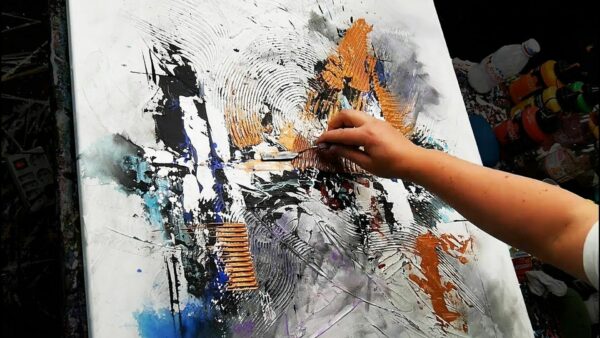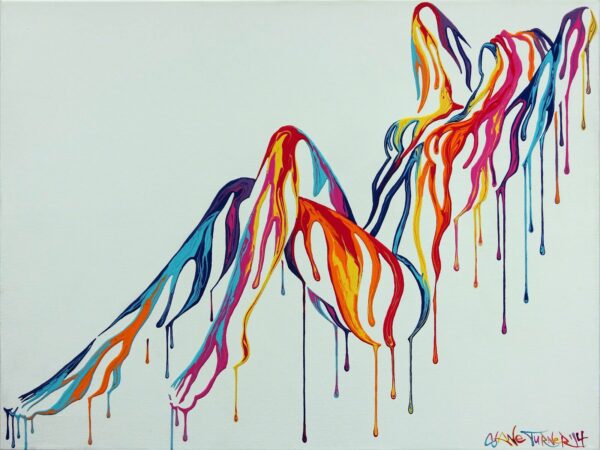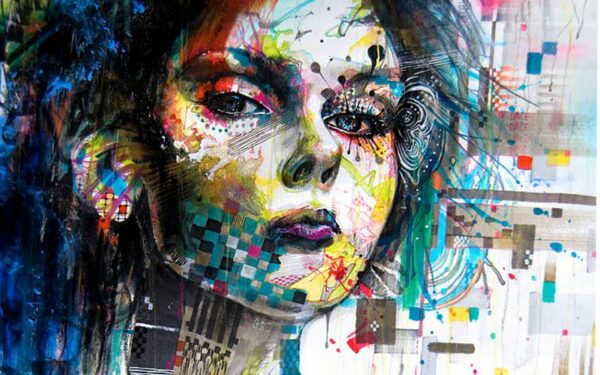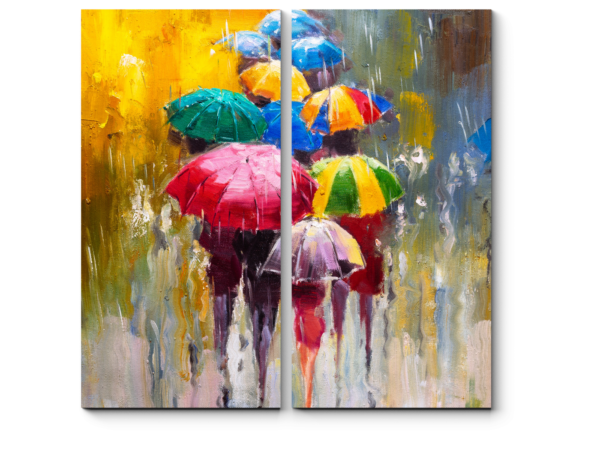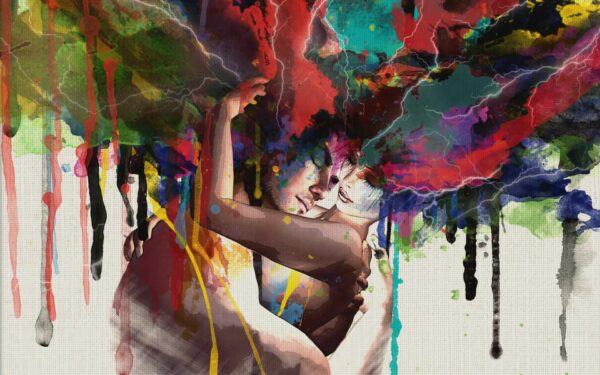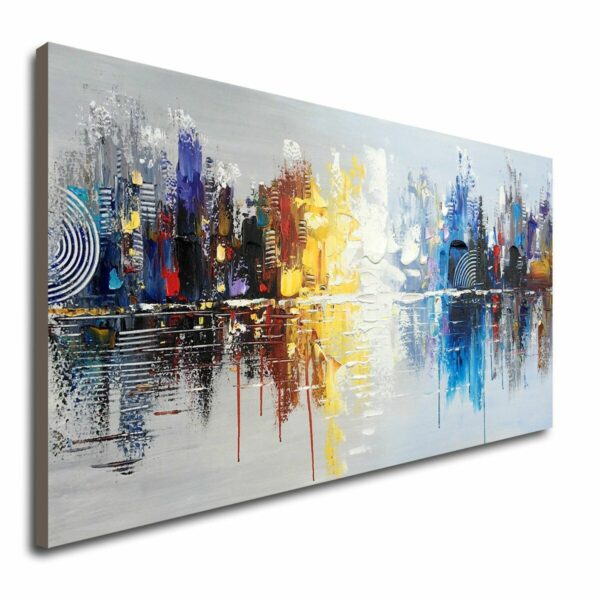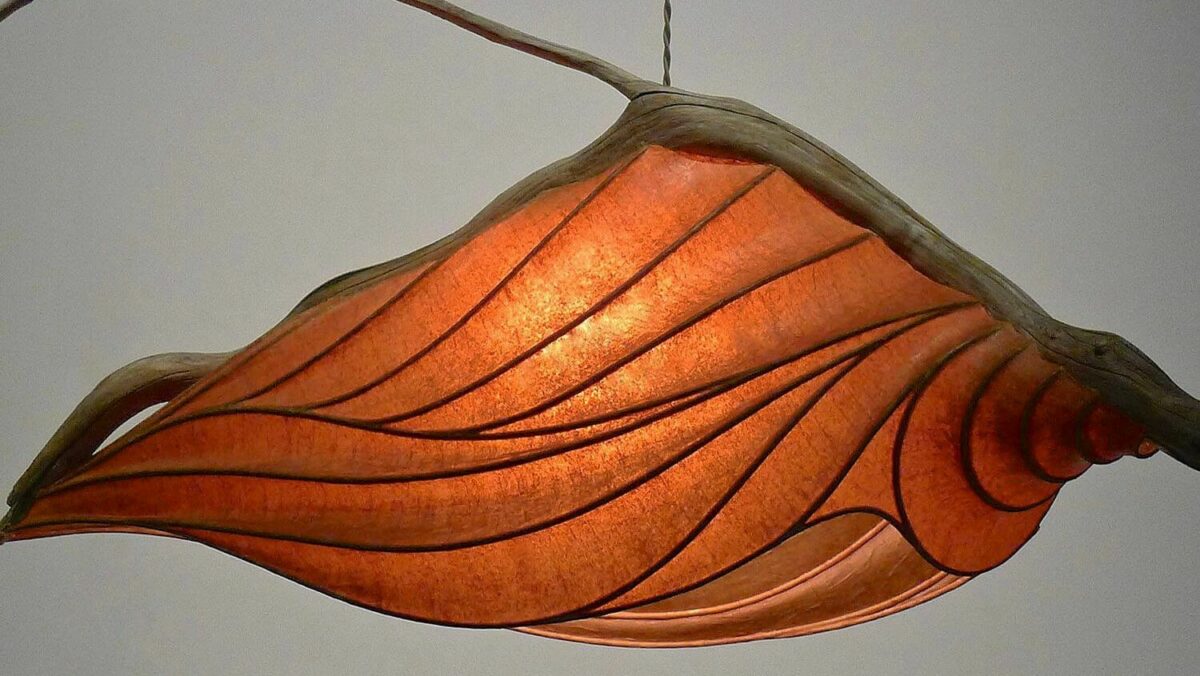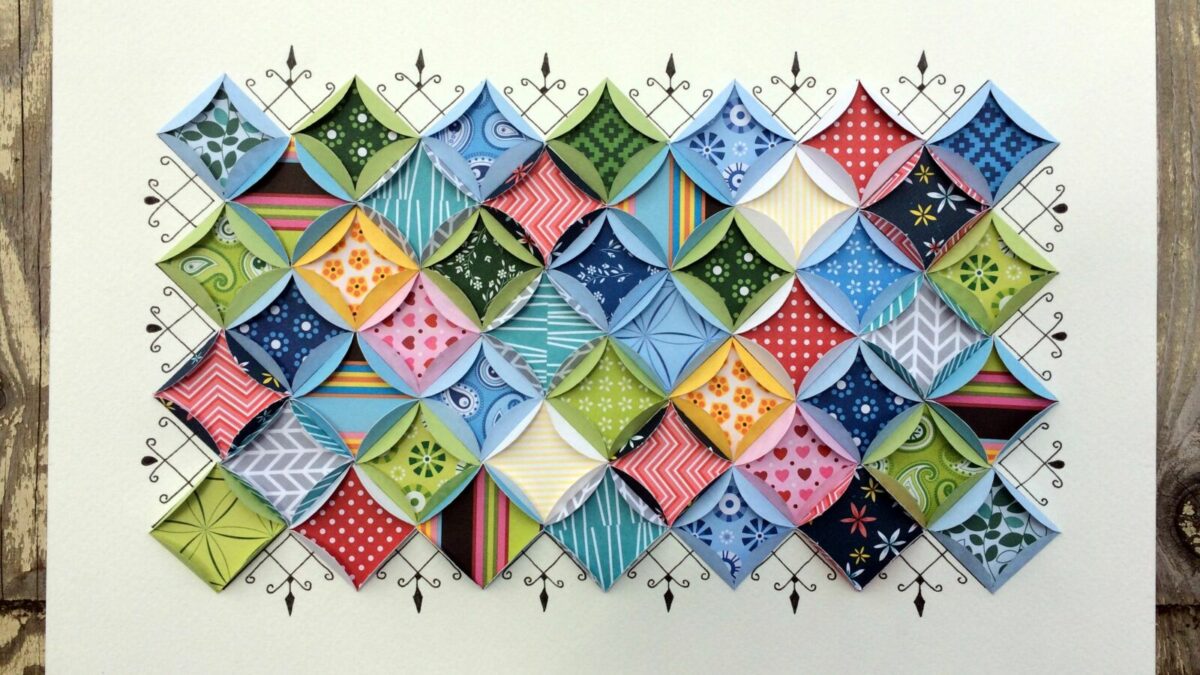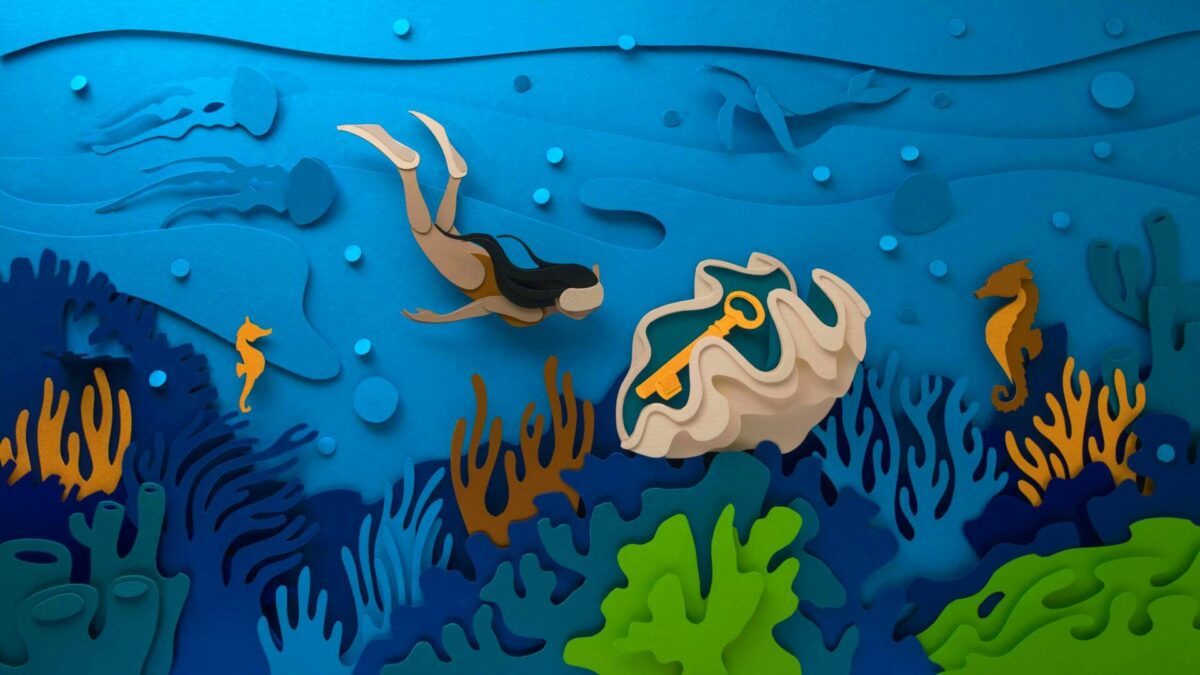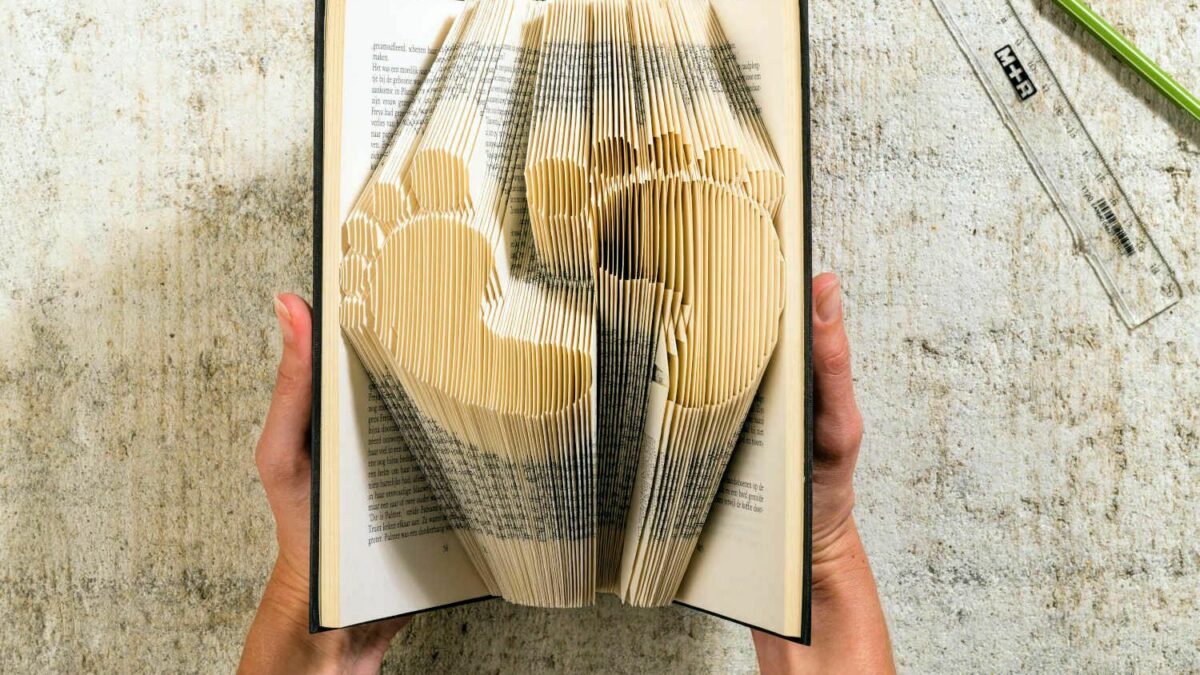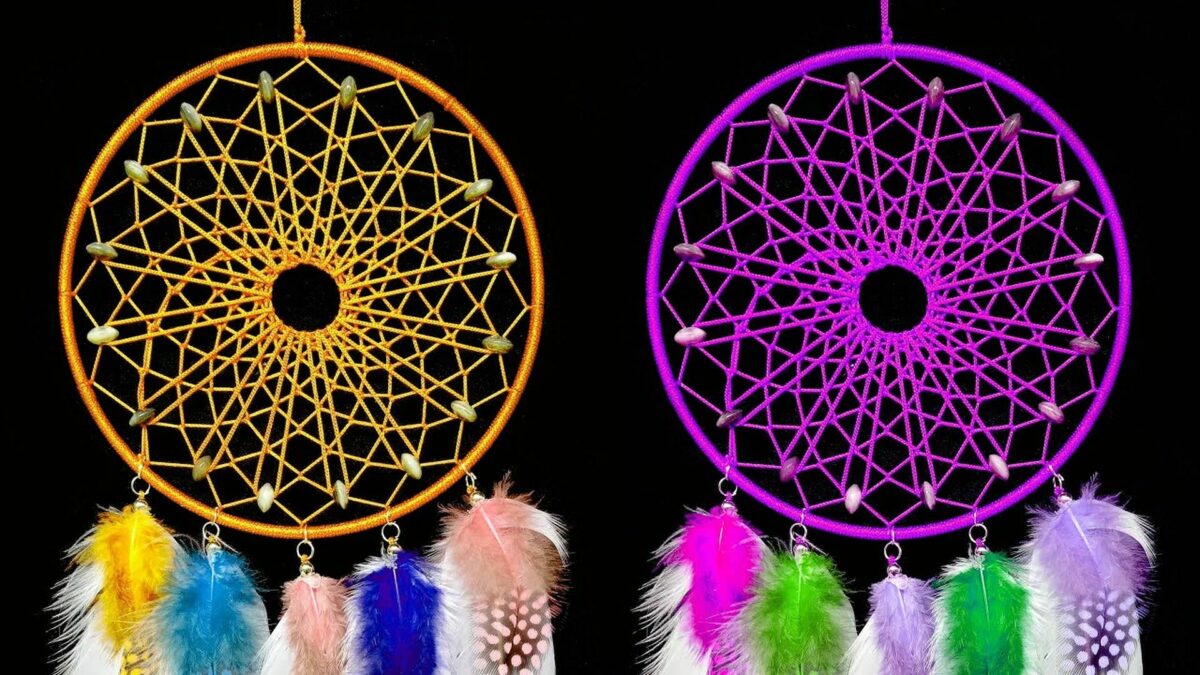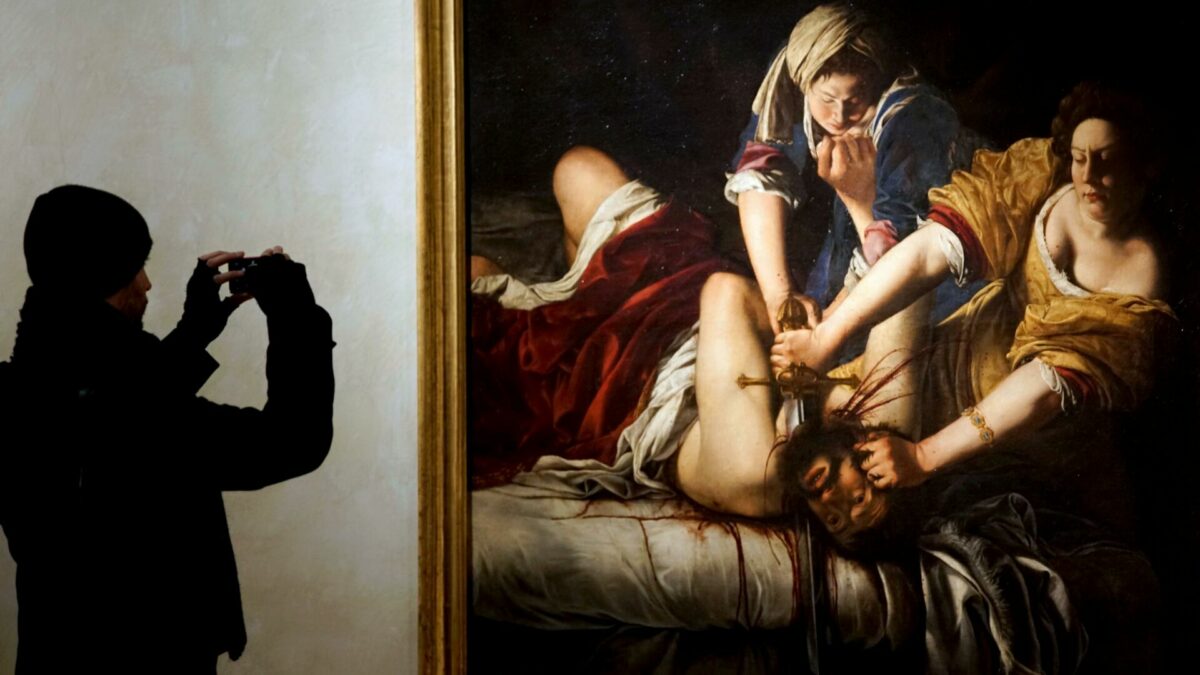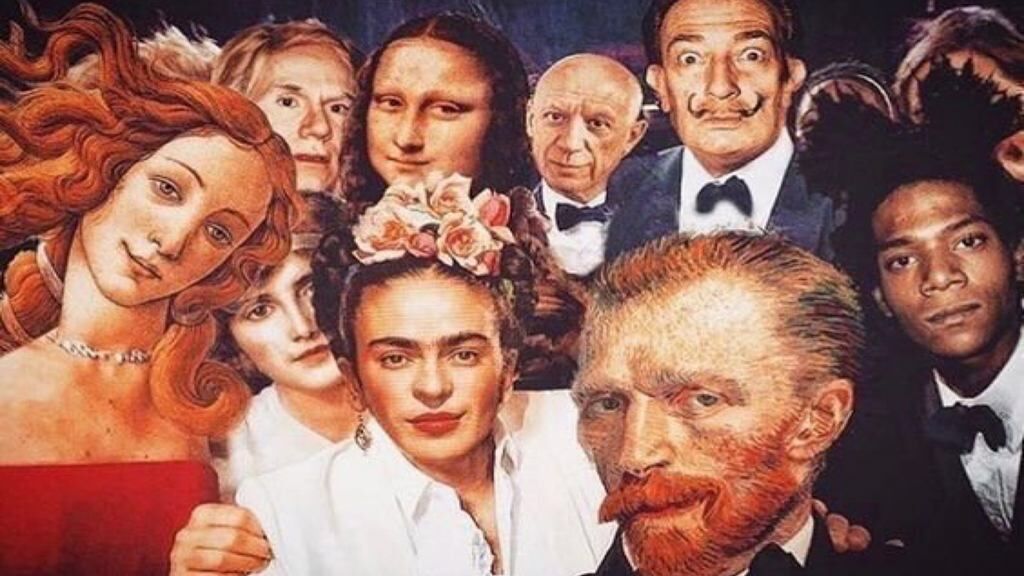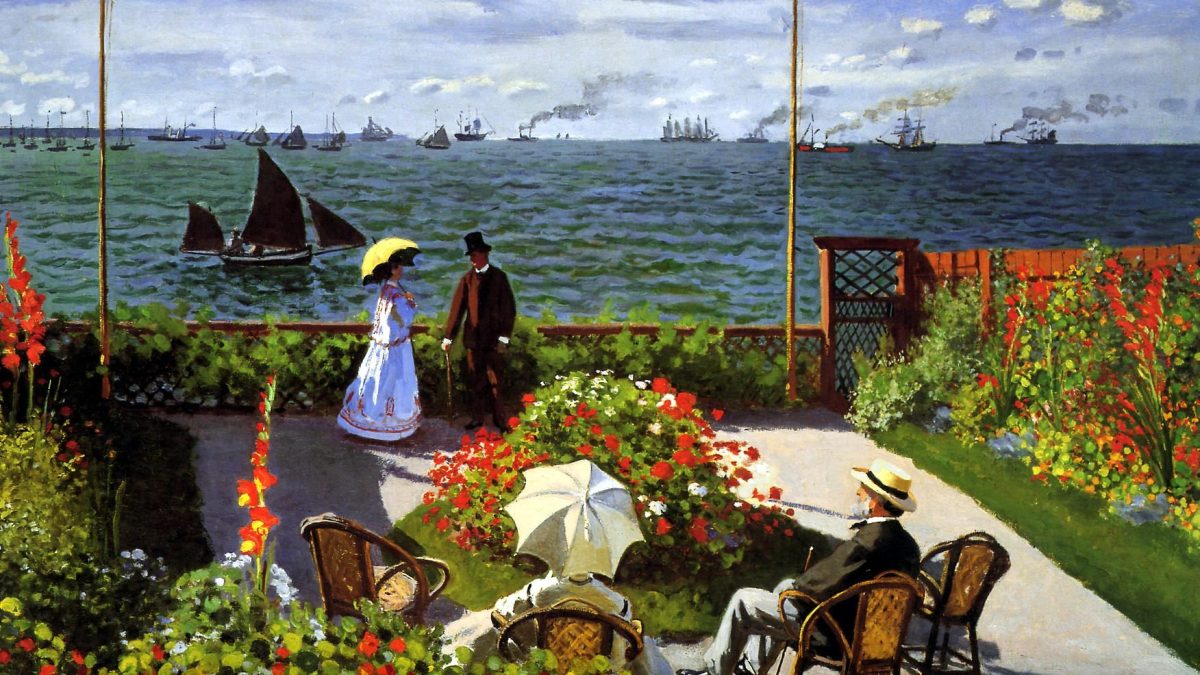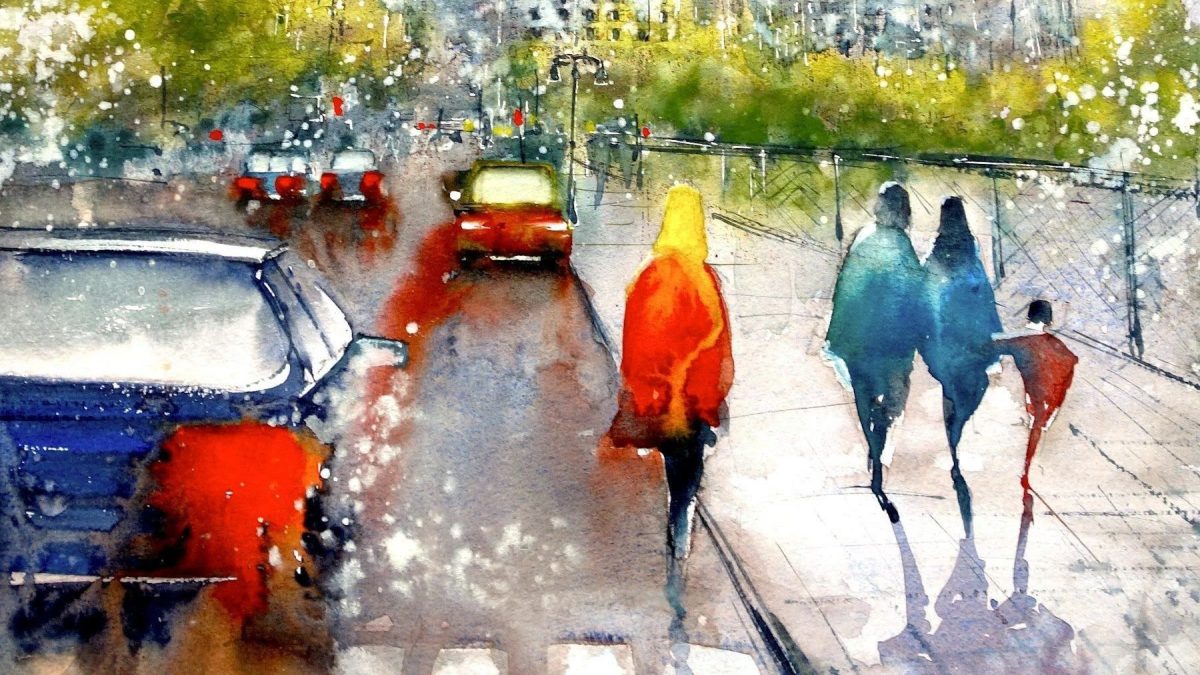Blog
The Beauty of Acrilics Paintings in Abstract Modern Art
Introduction: The Rise of Acrylic Paintings in Abstract Modern Art
Acrylic paintings have become increasingly popular in the world of abstract modern art. This is due to the versatility of the medium, which allows artists to create a wide range of textures and colors. Acrylic paints are made from a synthetic polymer that dries quickly, making them ideal for artists who want to work quickly and experiment with different techniques. In this article, we will explore the beauty of acrylic paintings in abstract modern art, including the colors and textures that can be achieved, and the promising future of this medium.
The Beauty of Acrylic Paintings: Exploring the Colors and Textures
One of the most striking features of acrylic paintings is the vibrant colors that can be achieved. Acrylic paints are available in a wide range of colors, from bright and bold to soft and subtle. Artists can mix colors to create unique shades and tones, or use them straight from the tube for a more intense effect. The fast-drying nature of acrylic paints also means that artists can layer colors quickly, creating depth and texture in their work.
Acrylic paints are also known for their ability to create a variety of textures. Artists can use a range of techniques to create different effects, such as using a palette knife to create thick, impasto layers, or diluting the paint with water to create a more fluid, watercolor-like effect. The versatility of acrylic paints means that artists can experiment with different techniques to create unique textures and effects in their work.
One artist who has mastered the use of acrylic paints to create stunning textures is Jackson Pollock. Pollock’s drip paintings, created in the 1940s and 1950s, are a prime example of the beauty of acrylic paintings. He used a technique of dripping and splattering paint onto the canvas, creating a complex web of colors and textures that are still admired today.
Another artist who has used acrylic paints to great effect is Mark Rothko. Rothko’s color field paintings, created in the 1950s and 1960s, are characterized by large blocks of color that create a sense of depth and emotion. He used acrylic paints to create smooth, flat surfaces that allowed the colors to speak for themselves.
The Future of Acrylic Paintings in Abstract Modern Art: A Promising Outlook
The future of acrylic paintings in abstract modern art is promising. As artists continue to experiment with different techniques and styles, acrylic paints will continue to be a popular medium. One reason for this is the affordability of acrylic paints. Compared to other mediums, such as oil paints, acrylic paints are relatively inexpensive, making them accessible to a wider range of artists.
Another reason for the popularity of acrylic paints is their durability. Acrylic paints are resistant to fading and cracking, making them ideal for creating long-lasting works of art. This durability also makes them a popular choice for public art installations, where the work will be exposed to the elements.
Acrylic paints are also environmentally friendly. Unlike oil paints, which require solvents for cleaning, acrylic paints can be cleaned up with soap and water. This makes them a safer and more sustainable choice for artists.
Acrylic paintings have become a popular medium in abstract modern art due to their versatility, vibrant colors, and ability to create a variety of textures. Artists such as Jackson Pollock and Mark Rothko have used acrylic paints to create stunning works of art that continue to inspire and captivate audiences today. The future of acrylic paintings in abstract modern art is promising, with their affordability, durability, and environmental friendliness making them a popular choice for artists. As artists continue to experiment with different techniques and styles, acrylic paints will continue to be a medium that inspires and delights.


